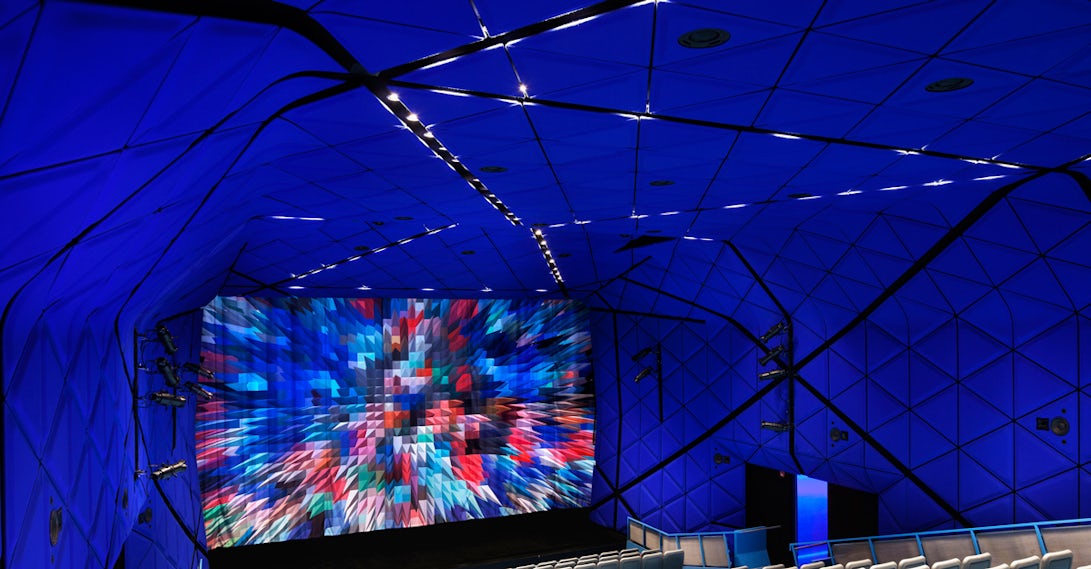In a city where a ski slope is being built on top of a waste-to-energy power plant, it is perhaps unsurprising that Copenhagen will see the latest exemplar in radical sustainable design. Danish firm C.F. Møller Architects has unveiled plans for a solar-powered school that raises the bar for eco-conscious education, affirming yet again that the city is truly a global leader in green urban design.

The Copenhagen International School is set for construction on the waterfront of the new Nordhavn district, a former industrial area earmarked for an ambitious low-impact transformation. This region of Denmark’s largest city is being developed as an innovative district dubbed “the Sustainable City of the Future” in the coming years, and C.F. Møller’s school will be a flagship building for the scheme.

The school is arranged as a sequence of four towers of varied heights, which house classrooms specifically designed to cater to children at each stage of development. These blocks rise from a single linear structure below and contain common areas such as sport facilities, a library, performance spaces, and cafeteria. The distribution of the volumes breaks up the overall scale of the building, providing different school years with their own distinct block and creating additional outdoor space on this compact waterfront site.

The distinctive, cubist form of the proposal evokes a stack of shipping containers on the loading deck, a characterization that belies the high-tech nature of this structure’s innovative façade system. Every elevation is covered with a glimmering skin of solar panels, each of which is angled to maximize their efficiency, creating a “sequin-like effect” as they reflect the sunlight.

The 12,000 cells will contribute more than half the power necessary to run this huge building, but their function does not end there — solar science will be a core part of the school curriculum as students will be encouraged to measure the output of the panels and gain firsthand knowledge about sustainable technologies in the classroom.
The school is designed to accommodate some 1,200 students and 280 employees — and it looks like each one of them will be treated to an incredibly innovative educational environment upon the building’s completion in 2017.






![© ONL [Oosterhuis_Lénárd]](https://architizer-prod.imgix.net/media/1434720594191_Bálna_from_Buda_side_photo_Romeodesign.jpg?fit=max&w=1140&q=60&auto=format&auto=compress&cs=strip&h=569)


